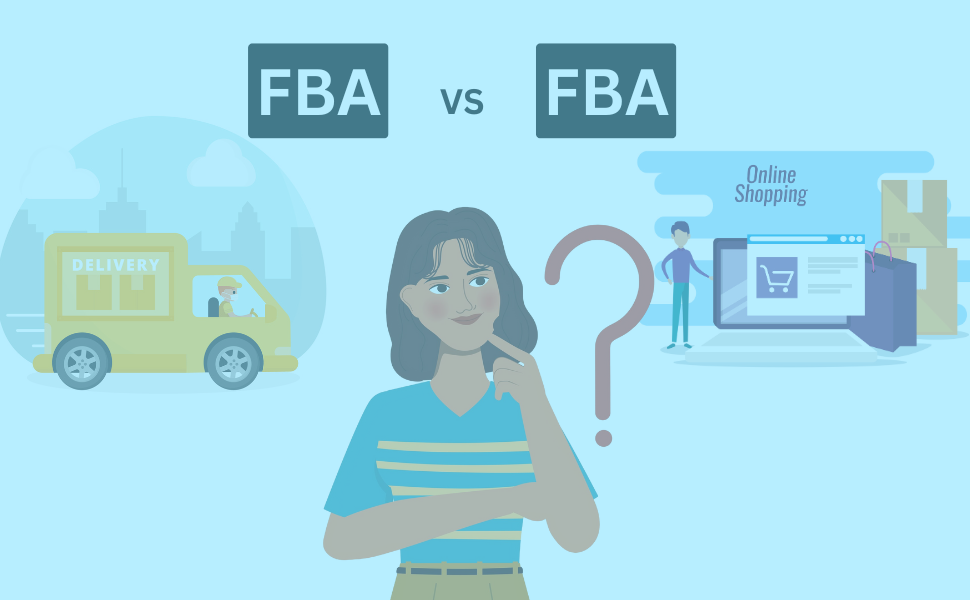FBA vs FBM: Find the best strategy.
When building a business on Amazon already 2.5 million active sellers on Amazon and that number is growing at over 3,000 new sellers per day. Sellers must choose the right fulfillment method to optimize operations and maximize profits. The two primary fulfillment options are Amazon FBA (Fulfilled by Amazon) and FBM (Fulfilled by Merchant). Each method has distinct advantages and drawbacks, and choosing the right strategy can make or break your success on the platform. However, many sellers are now adopting a hybrid approach, manipulating both models to gain flexibility and boost profitability.
FBA-Brigade explores Amazon FBA vs FBM in detail, their pros and cons, and how a hybrid fulfillment strategy might be the most innovative solution for scaling your Amazon business. According to a survey completed by Jungle Scout, a large majority of Amazon sellers utilize FBA in their fulfillment strategy and a third use Amazon FBM. Some merchants rely on both methods to ship orders while others rely on just a single method.
What is Amazon FBA vs FBM?
Before diving into the benefits and drawbacks, it’s essential to understand what each model entails:
Fulfilled by Amazon (FBA): Sellers send their inventory to Amazon’s fulfillment centers. Amazon handles storage, packaging, shipping, customer service, and returns. Products fulfilled through FBA are Prime-eligible, giving sellers a competitive advantage by appealing to Prime members.
Fulfilled by Merchant (FBM): In this model, sellers store, package, and ship products directly to customers from their own warehouses, offices, or homes. FBM gives sellers more control over logistics and inventory but also requires more time and effort to manage shipping and customer support.
Next, we’ll dive deeper into Amazon FBA vs FBM with FBA-Brigade to explore which strategy suits different business types.
Benefits of Amazon FBA: Scaling Your Business Easily
Prime Eligibility and Increased Sales Potential
FBA products are automatically eligible for Amazon Prime, which gives sellers access to a massive pool of loyal Prime shoppers. Prime members prefer fast and free shipping, and many filter search results to show only Prime-eligible products. This visibility helps FBA sellers win more sales and secure the Buy Box the section of a product page where over 80% of sales occur.
Advantage over FBM: FBA sellers can often charge up to 20% more than FBM sellers and still win the Buy Box, increasing profit margins.
Time Savings Through Outsourcing Logistics
With FBA, Amazon handles the operational aspects of selling, such as storage, shipping, and returns. This frees up time for sellers to focus on higher-value tasks like product sourcing, marketing, and growing their business.
Smart outsourcing: Think of it like being the CEO of your business. You should focus on activities that generate profit, not tasks like packing boxes.
24/7 fulfillment: Amazon warehouses process orders around the clock, ensuring quick deliveries even during peak shopping times.
Reduced Customer Service Responsibility
Amazon’s customer service team handles inquiries, returns, and refunds for FBA products. This not only saves time but also minimizes the risk of negative feedback affecting your seller rating.
Feedback protection: If a customer leaves negative feedback due to shipping issues, Amazon will remove it since the order was fulfilled through FBA. This helps maintain a healthy seller account.
Drawbacks of Amazon FBA
While FBA offers many benefits, it’s not without its challenges.
High Fees and Storage Costs
Amazon charges fees for every aspect of fulfillment, including picking, packing, and storage. These fees increase over time, especially during the holiday season when Amazon raises storage rates for long-term inventory.
Impact on profits: For low-margin products, FBA fees can eat into profits quickly. Sellers must carefully calculate their margins to ensure profitability.
Delays in Inventory Availability
Using FBA means that your inventory must travel through Amazon’s Supply Chain Management before becoming available for purchase. This process can take days or even weeks, particularly during busy seasons.
Risk of price tanking: While waiting for your stock to go live, competitors might lower their prices, reducing your product’s profitability by the time it becomes available.
When FBM Becomes the Better Option
There are times when FBM offers advantages over FBA. Here are the scenarios where FBM makes more sense:
Handling Oversized or Heavy Items
Products that are large or heavy come with higher FBA fees, which can reduce profitability. In such cases, using FBM allows sellers to avoid these fees and manage logistics on their own terms.
Example: A seller dealing with bulky fitness equipment may find it more profitable to ship products directly from their own warehouse rather than using FBA.
Seasonal or Time-Sensitive Products
Sellers dealing with seasonal inventory, such as holiday decorations or toys, benefit from FBM. If it’s late in the season, shipping products to Amazon’s warehouses might result in delays, meaning items may not go live until after demand has dropped.
Mid-December strategy: Sellers can use FBM to quickly make products available for purchase and capture last-minute sales during peak holiday shopping.
Control Over Customer Experience
FBM gives sellers more control over how products are packed and shipped. This is beneficial for fragile or premium items, where personalized packaging enhances the customer experience and reduces the chance of returns.
Amazon FBA vs FBM: A Hybrid Fulfillment Strategy
While some sellers may prefer one model over the other, many successful sellers use a hybrid approach that combines FBA and FBM strategically. This method allows them to take advantage of both models’ strengths while minimizing their drawbacks.
How the Hybrid Model Works
1.Use FBA for Fast-Moving Products: Send high-demand products to Amazon’s warehouses to benefit from Prime eligibility and fast shipping.
2.Use FBM for Niche or Oversized Products: Keep control of products that are either too expensive to store at FBA facilities or have unpredictable demand.
3.Backup with FBM: If FBA inventory runs out, listings can be switched to FBM to ensure continuity in sales.
Example: A seller running a promotion on a fast-selling toy sends most stock to FBA. If the FBA stock depletes, they switch to FBM to avoid losing sales during the campaign.
Financial Benefits of the Hybrid Approach
Using both FBA and FBM strategically can improve cash flow and profitability. Here are the key financial benefits:
Lower storage costs: Keep low-turnover inventory in your own warehouse and send only fast-moving products to Amazon’s fulfillment centers.
Cash flow flexibility: Delay restocking FBA products until sales stabilize, freeing up cash to invest in other inventory.
Minimized returns: Use FBM for fragile or customizable products to control packaging and reduce return rates.
Which Model is Right for You?
The choice between Amazon FBA vs FBM depends on your product type, business goals, and logistical capabilities. For most sellers, FBA is the better option due to its scalability, Prime eligibility, and operational convenience. However, FBM offers more control and can be more cost-effective for specific situations.
FBA is ideal for sellers with fast-moving products who want to scale quickly and benefit from Amazon’s logistics network.
FBM is better suited for sellers with large, niche, or seasonal items, where direct control over fulfillment is beneficial.
Ready to optimize your fulfillment strategy? Contact FBA-Brigade to book a free meeting and audit. Let us help you find the best approach for your business.
Conclusion:
Both Amazon FBA and FBM offer unique advantages, and the right fulfillment strategy depends on your specific business needs. Many sellers find that a hybrid approach using both FBA and FBM provides the best results by optimizing costs and maintaining flexibility. Whether you choose one model or blend both, the key is to align your fulfillment strategy with your business goals to ensure long-term success.
By understanding the pros and cons of Amazon FBA vs FBM, you can make informed decisions that enhance profitability, improve customer satisfaction, and help you scale your business effectively.





